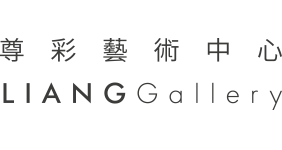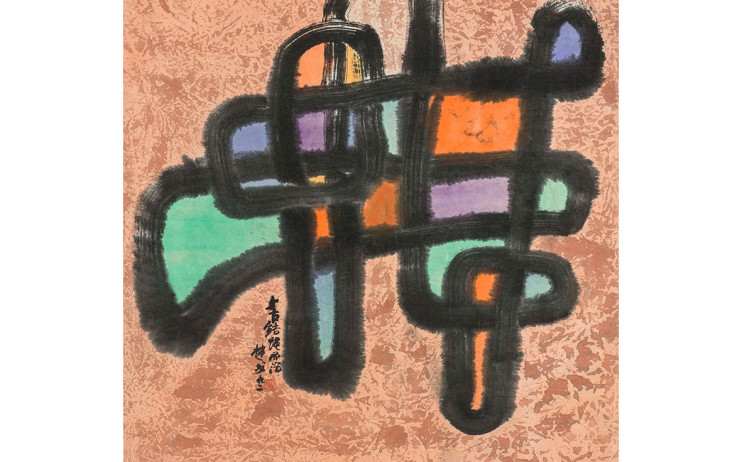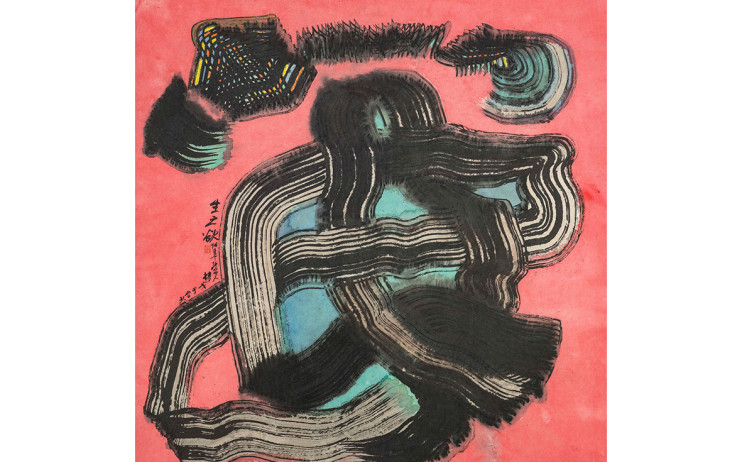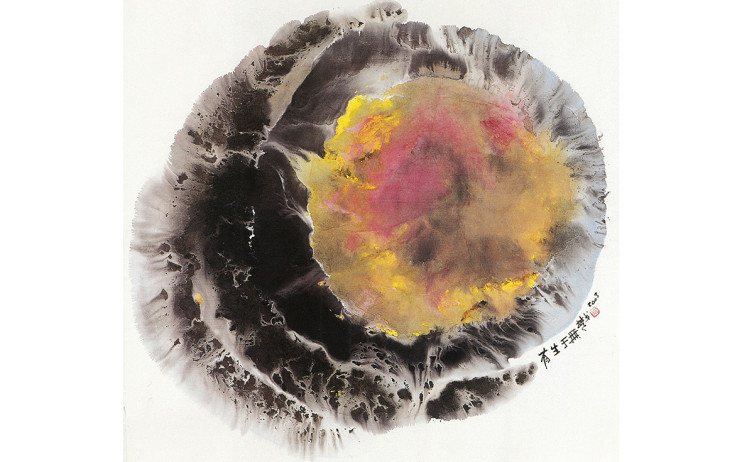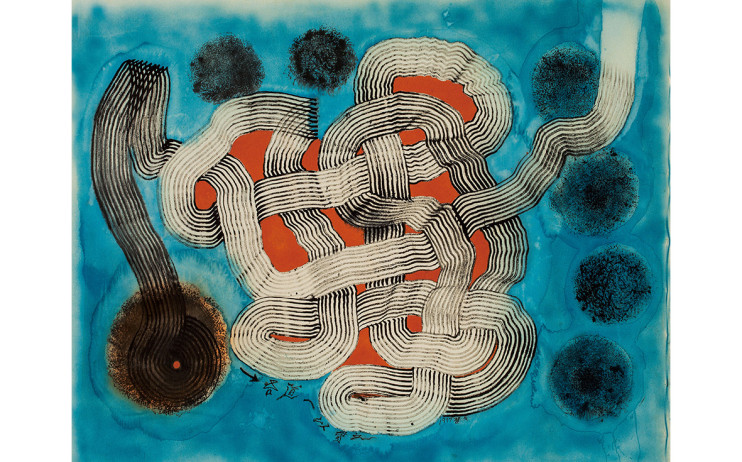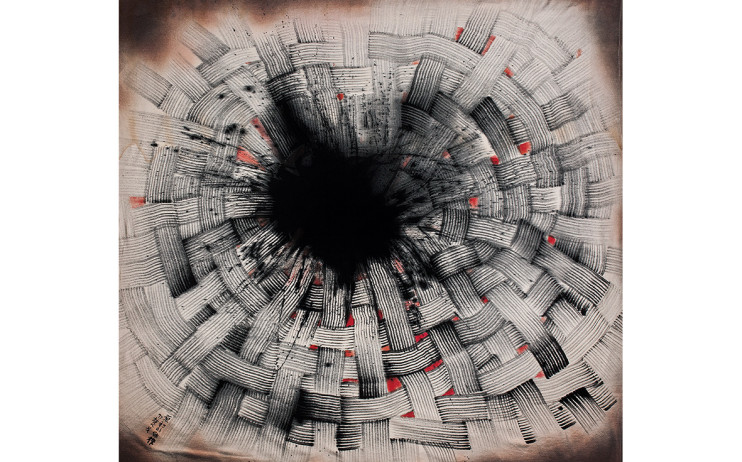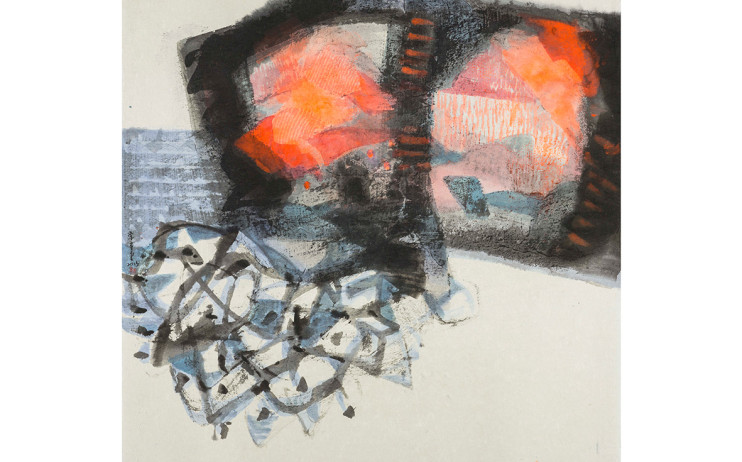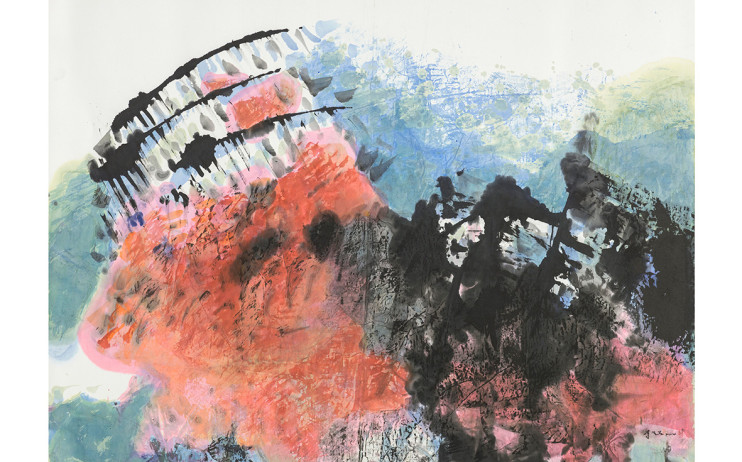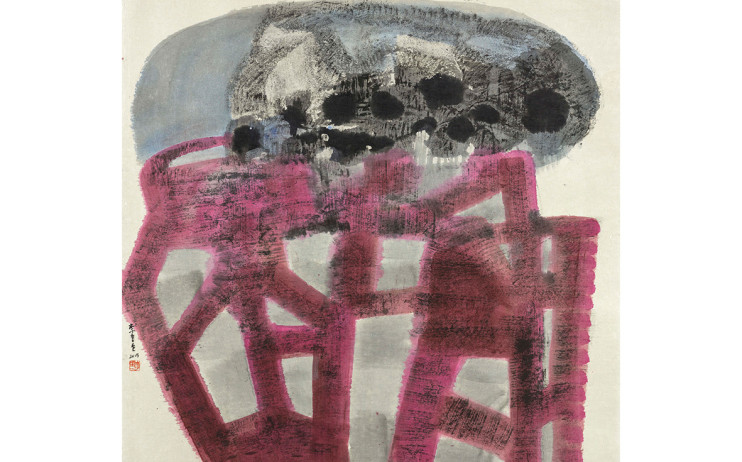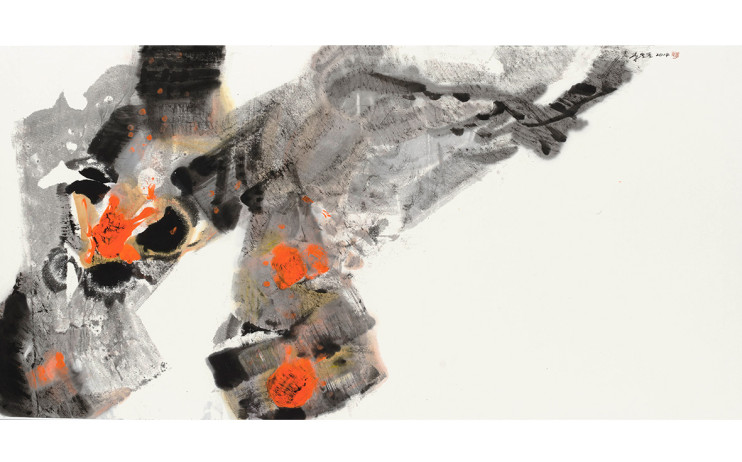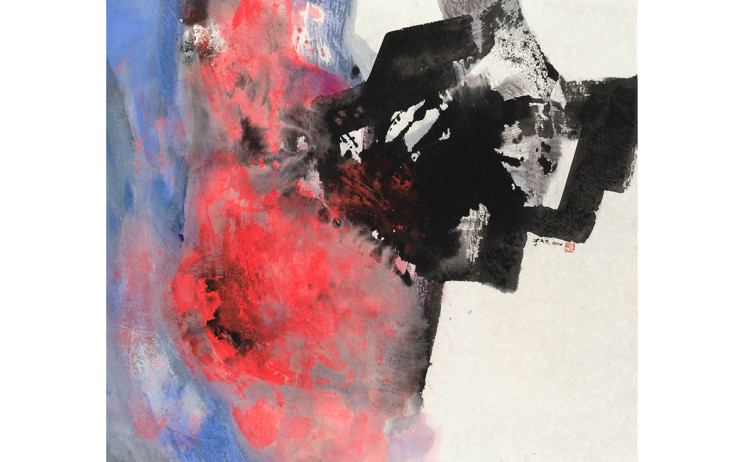2016 Art Beijing
- 四月 12, 2016
- Art Fairs, International Art Fairs
- VIP Preview:
2016.04.30 Sat. 15:00-22:00 - Public Opening:
2016.05.01 Sun. 11:00-19:00
2016.05.02 Mon. 11:00-19:00
2016.05.03 Tue. 11:00-18:00 - Venue: National Agriculture Exhibition Center, Contemporary Hall, No. 11
- Booth: C27, C28
- Artists: Chu Ko, Lee Chung-Chung
My Way in One Continuous Strand: Modern Ink Painting of Chu Ko and Lee Chung-Chung
Starting from 1960s, postwar Taiwanese art was overtaken by the reform in ink painting. One of the representatives, Chu Ko, promoted the anti-traditional and anti-political artistic intervention and propelled the modern ink painting movement. He created paintings that belonged to the twentieth century Chinese modern painting. His forward-looking and innovative argumentation had a great influence throughout the world and in the Confucian communities in East Asia. He had been an important figure in Taiwan’s modern art activities for almost half a century.
Chu Ko (1931-2011), whose real name is Yuan Te-Hsing, was born in Hunan, China. He came to Taiwan with the army in 1949. Chu Ko owned many cultural identities. He was a scholar in ancient history, a writer, an artist, a critic, etc. He was good at integrating oriental symbols, used line as a means of creation and aesthetically combined it all together. His profound background in literature added some poetic characteristics to his artworks. Chu Ko was fully aware of the problems of reform in modern ink painting and became an active revolutionist in art with a strong academic influence.
Lee Chung-Chung (1942-) was born in Anhui, China. At the age of four she came to Taiwan together with her family. She was born in a literati family and started learning ink painting from her father since her childhood. She joined the Chinese Ink Painting Study Association initiated by Liu Kuo-Sung and others where she began creating artworks filled with modernity and the spirit of that time. She applied the growth and expansion of ink as well as automatism to create a seemingly vigorous circulation in her works. Bright colors, according to the artist, are meant to feature same vibration as an elephant stomping its feet. Lee’s unique style, dominated by the charm of firmness and flexibility, has let her establish a solid position in Taiwanese abstract ink painting.
This exhibition presents two major modern ink painters from Taiwan whose artworks reflect the changes and development of Chinese modern ink painting. Owing to their Chinese cultural background and to the ideas of modern abstract art, they were able to create a model of modern ink painting.
